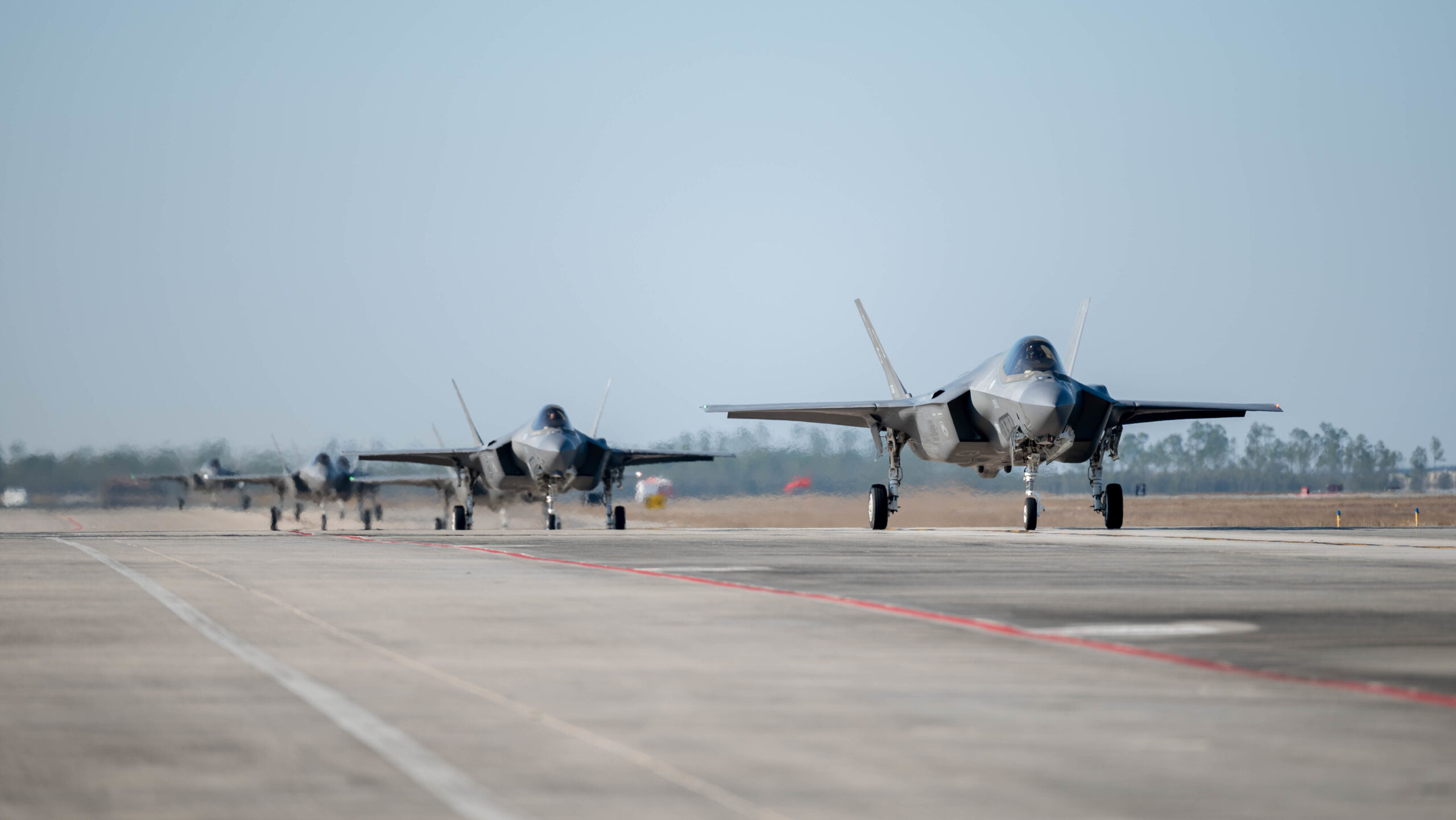Northrop Grumman Corporation, a leading US defense company, announced on September 25 that it had secured an estimated US$705 million contract from the US Air Force to develop and test the Stand-in Attack Weapon (SiAW).
According to Northrop’s statement, the Air Force’s Phase 2 award for the SiAW aims to achieve initial operational capability by 2026.
In February, the SiAW program granted contracts to three prime contractors, Northrop, Lockheed Martin, and L3Harris, for the final stage of the weapon’s initial development phase.
Subsequent reports suggested that, following this award, up to two of these contractors could advance to Phase 2. However, on September 25, a spokesperson from Northrop confirmed that their company was the sole award recipient for this particular program phase.
During the next 36 months, Northrop Grumman will advance the development of the weapon, oversee its integration onto platforms, and carry out a complete flight test program for rapid prototyping to prepare for swift deployment, as stated in the company’s press release.

This work will be conducted at Northrop Grumman’s facility in Northridge, California, as well as its state-of-the-art missile integration facility, often referred to as the “factory of the future,” located at the Allegany Ballistics Laboratory in West Virginia.
“Northrop Grumman’s SiAW delivers on the Air Force’s desire for its first digital weapons acquisition and development program,” Susan Bruce, vice president of advanced weapons at Northrop Grumman, said in the press release.
“With our expert digital engineering capabilities, this next-generation missile represents an adaptable, affordable way for the Department of Defense to buy and modernize weapons,” Susan Bruce added.
The F-35 has been designated as the primary platform for the SiAW initially, with indications from the Air Force that the B-21 bomber may also be configured to carry this weapon in the future.
According to information outlined in the Air Force FY24 budget documents, the SiAW rapid prototyping initiative is slated to incur a total expenditure of $1.14 billion. Following the successful conclusion of the second phase, the program is strategically poised to transition into a significant capability acquisition phase.
The program’s design suggests this phase will seamlessly pave the way for integrating the SiAW with the F-35A aircraft. According to Northrop Grumman’s statement, the missile is designed to offer advanced capabilities suitable for fifth-generation jets and beyond.
Northrop Grumman’s SiAW
In the ever-evolving landscape of aerial warfare, Northrop Grumman’s SiAW project represents a significant advancement, building on a legacy of missile technology that has reshaped combat dynamics.
This cutting-edge missile traces its roots back to the Advanced Anti-Radiation Guided Missile (AARGM), which, in turn, succeeded the AGM-88 HARM (High-speed Anti-Radiation Missile).
The HARM, first deployed in the 1980s, achieved resounding success during Operation Desert Storm by swiftly targeting and disabling ground-based search and track radars, leaving them no time to relocate.
The missile, as envisioned by Northrop, represents the next step in this lineage, designed to tackle the modern battlefield’s rapidly relocatable threats.
Beyond the traditional realm of air defense radars, SiAW is engineered to engage a broad spectrum of targets, including command-and-control centers, ballistic and cruise missile launchers, GPS jamming systems, anti-satellite systems, and other elusive, high-value targets.

SiAW stands out due to its impressive speed and extended operational range, surpassing its predecessor, HARM. Northrop’s description emphasizes SiAW’s capability to address emerging threats anticipated beyond 2025.
This weapon system empowers F-35 stealth fighter jets to effectively engage and neutralize adversary targets within an anti-access and area-denial operational landscape.
To maintain the stealth characteristics of the F-35, company representatives have stressed that the stand-in weapon should be housed within the aircraft’s internal bay rather than being mounted externally.
Despite its extended operational range, SiAW operates as a “stand-in” weapon, signifying its readiness to engage within an adversary’s defended airspace.
SiAW will integrate multiple seeker sensors, incorporating GPS and other sophisticated navigational systems.
This missile design incorporates tail control and is built with “enhanced survivability,” as articulated by Northrop Grumman.
The innovative aspect of SiAW extends to its open architecture, facilitating rapid subsystem upgrades and enabling the integration of enhanced capabilities as required.
The Air Force has not yet disclosed its precise acquisition strategy for SiAW. However, there is a clear pathway for companies not initially chosen for development to propose future upgrades, ensuring the missile’s adaptability and longevity in an ever-changing landscape of aerial combat technology.
- Contact the author at ashishmichel(at)gmail.com
- Follow EurAsian Times on Google News




